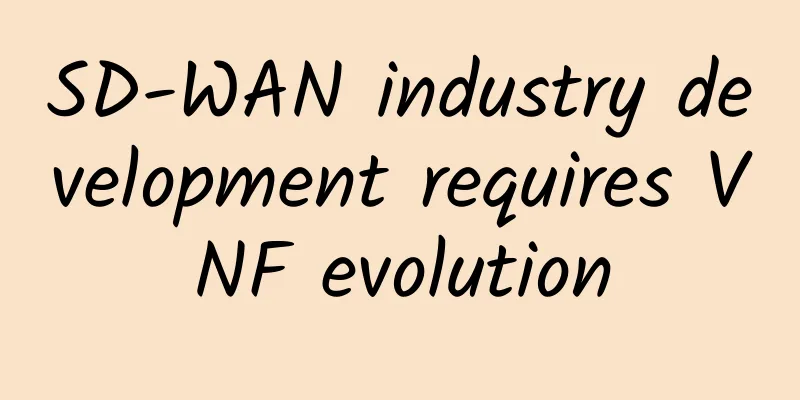Do you know some new features of RocketMQ 5.0? Let me tell you.

|
In order to evolve towards cloud native and improve resource utilization and elasticity, RocketMQ adjusted and upgraded its architecture in 5.0. Proxy layerArchitecture before RocketMQ5.0: Previously, RocketMQ5.0 used a custom Remoting protocol based on Netty for network communication. Computing and storage were integrated and all in Broker. Producers and consumers pull routing information from NameServer, and then interact directly with Broker to produce and consume messages. picture RocketMQ5.0 architecture: After 5.0, the elastic stateless proxy mode was introduced, and the responsibilities of the Broker were split. The computing logic such as client protocol adaptation, permission management, and consumption management are extracted and placed in the Proxy layer, and Broker focuses on data storage.
And support for the GRPC protocol was added after 5.0.
picture POP consumption modelBefore RocketMQ 5.0: There are two ways to get messages from Broker: Pull mode and Push mode. Pull mode: Consumers need to continuously obtain data from the blocking queue. If there is no data, they will wait. The data in this blocking queue is added by the message pulling thread after pulling messages from the Broker. Therefore, consumption in Pull mode needs to continuously and actively pull messages from Broker. Push mode: A message listener needs to be registered. When a message arrives, the message will be consumed through a callback function. On the surface, it looks like the Broker actively pushes it to the consumer, so it is called push mode. The underlying layer is still that the consumer pulls data from the Broker and then triggers the callback function to consume the message, but there is no need to constantly determine whether there is a message arriving like in the Pull mode. RocketMQ5.0 Functions such as load balancing and consumer site management are placed on the Broker side to reduce the burden on the client, making it lightweight, and after 5.0, message-based load balancing is supported. Message granularity load balancing: In the message granularity load balancing strategy, multiple consumers in the same consumer group will evenly share all messages in the topic according to the message granularity.
POP message consumption: First, the client (consumer) sends a Pop request to the server (Broker). After receiving the request, the Broker obtains the message in Pop mode and then returns it to the client. After the client successfully consumes the message, it sends an ACK request to the Broker to confirm that the message consumption is successful. picture Controller ModeBefore RocketMQ5.0, there were two cluster deployment modes, namely Master-Slave mode and Dledger mode. RocketMQ 5.0 and later introduced the Controller mode, which has the following features: In the master-slave deployment mode, it has the ability to automatically switch the Master. Before 5.0, DLedger was required. You can use RocketMQ's native storage and replication capabilities and unify RocketMQ's storage and replication capabilities. RocketMQ 5.0 has separated the Broker leader election related functions and placed them in the Controller. Automatic switching of Master is achieved in master-slave deployment mode. Controller can be deployed independently or embedded in NameServer. Controller under independent deployment: picture The deployment diagram embedded in NameServer is as follows: picture refer to: https://rocketmq.apache.org/version/ https://developer.aliyun.com/article/801815 https://rocketmq.apache.org/zh/docs/deploymentOperations/03autofailover/ |
<<: When do microservices use the Http protocol to communicate, and when do they use Lrpc?
Recommend
SKT launches online-only plans for 5G and 4G customers
South Korean telecom operator SK Telecom recently...
How does CDN acceleration work? What are its benefits?
Many website operators believe in a principle tha...
Can mandatory pre-installation solve the problem? Controversial 5G news: Even if we are not competitive, we cannot act rogue
In the public opinion field, operators are critic...
Academician Wu Hequan: "Spectrum Blockchain" can be used to solve the 5G spectrum shortage problem
At the 2020 China Radio Conference which opened y...
The impact of drone technology and use cases
Before we dive into the ways drones can make the ...
Get AlertManager working in 5 minutes and access 10+ notification channels including SMS, voice, etc.
SLS Alarm Management As a member of the Prometheu...
Taking stock of Internet companies that have deployed blockchain: Is blockchain a "panacea" or a "scam"?
Bitcoin was launched in 2009. As the price of Bit...
Learn about the last of the four types of switch messages in one minute: known unicast
Continuing from the previous article "Learn ...
The 5G revolution started ten years ago
Will the "Warring States Period" patter...
Deepin Technology was invited to attend the 2019 Annual Meeting of Jiangxi Health Information and Health Medical Big Data Society and delivered an important speech
From November 13 to 15, 2019, the 2019 Jiangxi He...
What do edge computing and 5G mean for the Internet of Things?
Most IoT architectures in the business world are ...
5G converged applications must be a “team competition”
With the popularization of the Internet, 5G integ...
5G standardization work encounters obstacles, and the launch of standards may be delayed
The high-speed 3GPP 5G standard work may encounte...
WOT Kingsoft Cloud Hao Mingfei: The evolution of Kingsoft Cloud's live broadcast and on-demand basic services
【51CTO.com original article】Just last week, the W...
UFOVPS Spring Festival 50% off, top up 200 yuan to get 30 yuan, Japan/Hong Kong CN2 GIA/US high-defense VPS monthly payment starts from 19 yuan
UFOVPS has launched a special promotion for the S...









